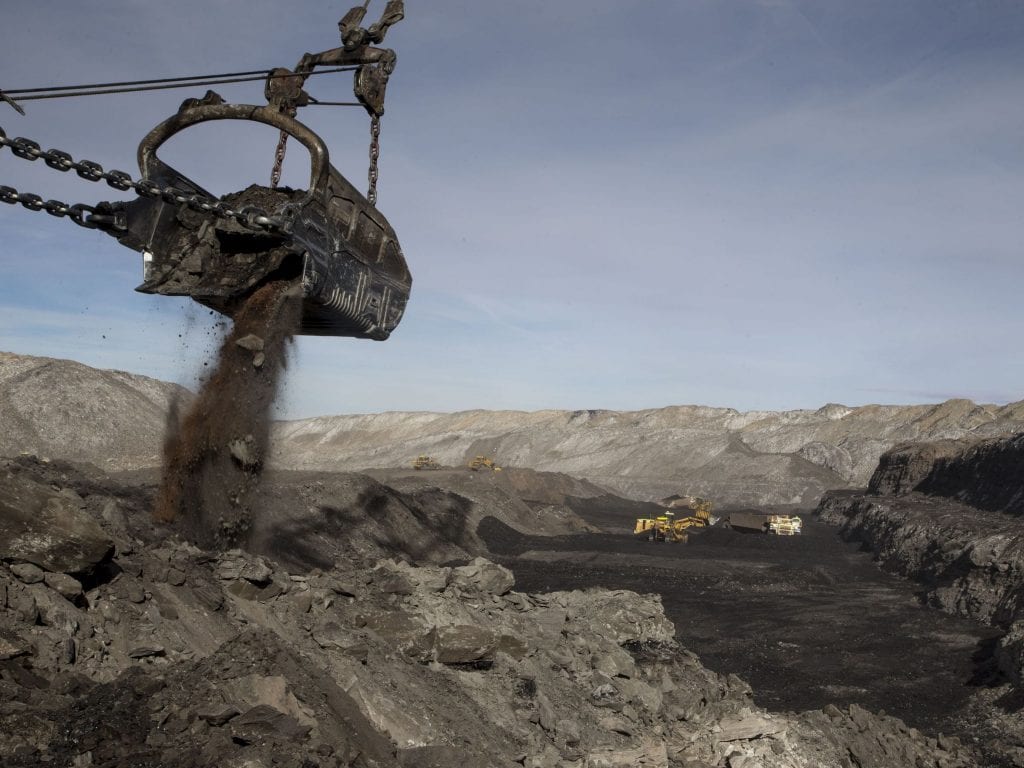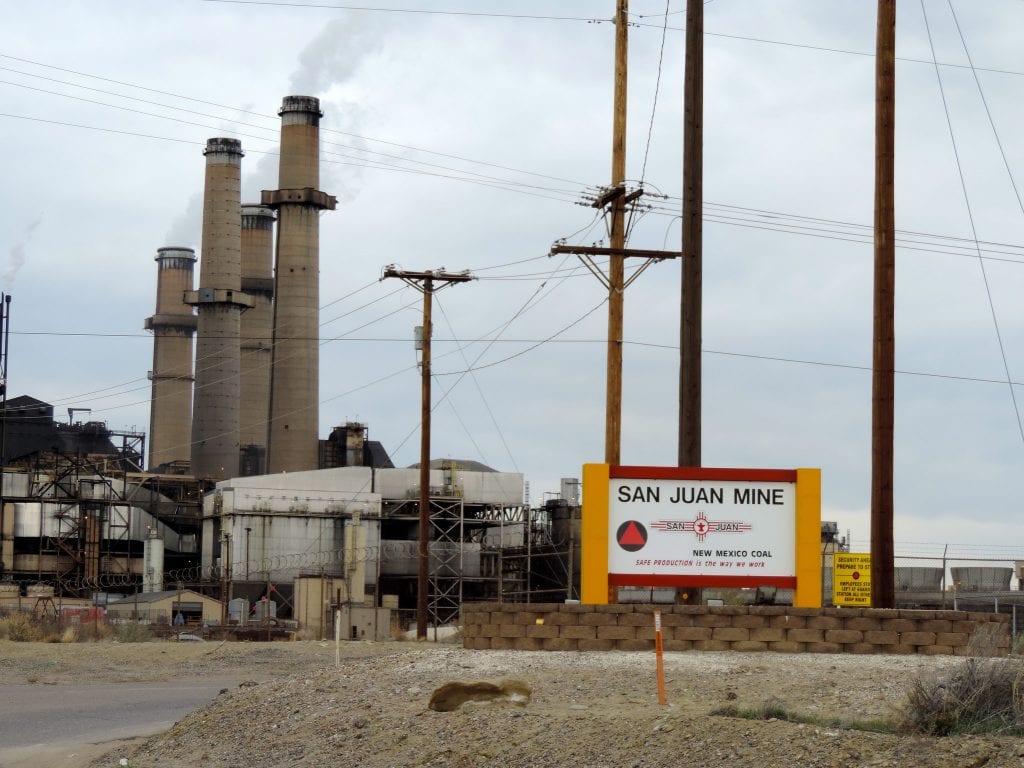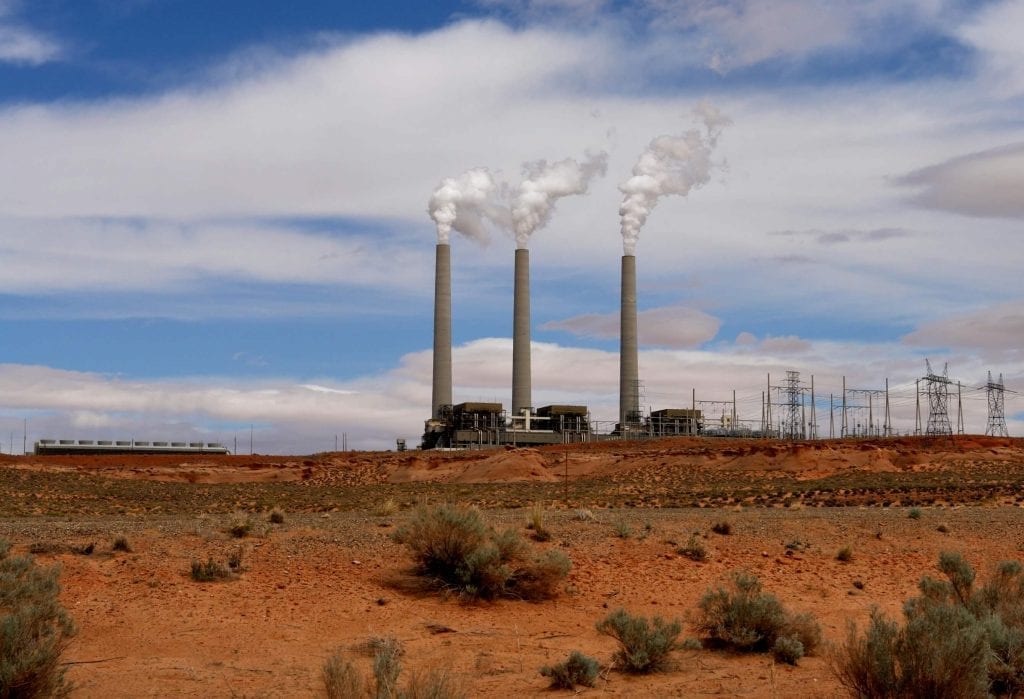
Navajo Generating Station in Arizona. Photo by Alex Proimos.
With news that a potential sale of the Navajo Generating Station, the largest coal-fired power plant in the American West, has fallen through, it’s now entirely clear this massive and costly facility is going to shut down in 2019, as originally scheduled.
That’s great news for our climate, clean air, and more. The power plant, located on the Navajo Nation and near the Hopi Tribe, has had a disastrous impact on public health and the environment in the Four Corners area, with its pollution disproportionately impacting Tribal residents in the region.
But it also means the U.S. Department of the Interior has to get serious about helping communities transition away from coal. Really serious.
And that means Interior Secretary Ryan Zinke has to stop going to bat for coal companies and start actually helping communities move away from dependence upon this dying industry.
In the case of the Navajo Generating Station, the need for Zinke to get his priorities straight is more urgent than ever.
Without a doubt, the Navajo Generating Station has been an economic driver in the Four Corners region. The plant, as well as its fuel source, the nearby Kayenta coal mine, has provided jobs, power, and revenue for years.
The reality is, the retirement of the power plant and mine will be a loss to the region. However, it doesn’t have to be this way.
Interior has an enormous amount of power and authority to help the Four Corners region, particularly Tribal communities, not only weather the shutdown of the Navajo Generation Station and Kayenta mine, but to become more prosperous as a result.

The inevitable closure of the Navajo Generating Station and Kayenta coal mine will have a huge economic impact on the Navajo Nation and Hopi Tribe in the Four Corners region, yet the Interior Department is doing nothing to help communities transition to more prosperous and sustainable economies.
First and foremost, Interior, through the Bureau of Reclamation, directly owns nearly 25% of the Navajo Generating Station. This ownership gives the Department tremendous leverage to negotiate the shut down and clean up of the power plant in a way that creates jobs and provides transition support to communities.
Interior’s Office of Surface Mining also regulates mining and reclamation at the Kayenta mine. This gives the Department the ability to direct more expeditious and intensive reclamation at the mine, which stands to yield more jobs and more revenue. It also gives Interior the power to authorize post-mining land uses that are more economically productive and sustainable, such as renewable energy development.
Most importantly, the agency plays a major role in supporting Navajo and Hopi communities in the region through the Bureau of Indian Affairs. Truly, Interior could play a vitally instrumental role in providing resources, training, expertise, and more to Tribal communities.
In fact, in many respects, Interior is the only agency capable of providing the kind of support needed to assure successful economic transition in the region.
Unfortunately, rather than acknowledge the reality of the Navajo Generating Station’s inevitable downfall and the economic loss that will result, Interior has turned its back on communities.
Back in June, Interior threatened to force the plant’s largest customer, the Central Arizona Project, to purchase power from the Navajo Generating Station. The Central Arizona Project, which provides water to Phoenix and other parts of Arizona, ultimately rebuffed the Department and instead entered into one of the cheapest solar energy contracts reported.
The Department has also been meeting with Peabody Energy, the largest coal mining company in the U.S. and the owner of the Kayenta mine, apparently scheming to find ways to keep the mine and power plant operating.
Yet the amount of time and resources Interior has apparently been spending to help the Navajo Nation and Hopi Tribe transition from being economically dependent on coal?
As near as we can tell, 0 hours, 0 dollars, and 0 effort.
It’s particularly unjust considering the time and taxpayer dollars Interior is spending for the likes of Peabody Energy. Those resources could do so much to help advance economic transition and sustainability in the Four Corners region.
In other words, instead of getting behind real economic transition, Zinke is shamefully (and, frankly, desperately) just going to bat for the coal industry.
Sadly, this isn’t the only region of the American West where Ryan Zinke’s willful blindness to coal’s dismal future threatens to leave communities hanging.
In northwest New Mexico, the Interior Department is moving to approve 15-year expansion of the San Juan coal mine, even though its only customer–the nearby San Juan Generating Station–is closing by 2022.

Similarly, in southeast Montana, the agency is moving to approve an 20-year expansion of the Rosebud coal mine, even though its only customer–the nearby Colstrip Power Plant–is shutting down by 2028.
And in Utah, Interior is trumpeting the approval of a new federal coal lease, even as the Trump Administration has come under fire from former miners for refusing to help communities transition in the face of mine shutdowns.
In all these cases, Interior is doing nothing to acknowledge, plan for, and take action to address the near-term economic consequences of the inevitable, near-term shutdown of coal-fired power plants and the mines that fuel them.
Secretary Zinke believes he’s throwing the coal industry a lifeline. The truth is, he’s denying communities the support they need to survive and thrive.
